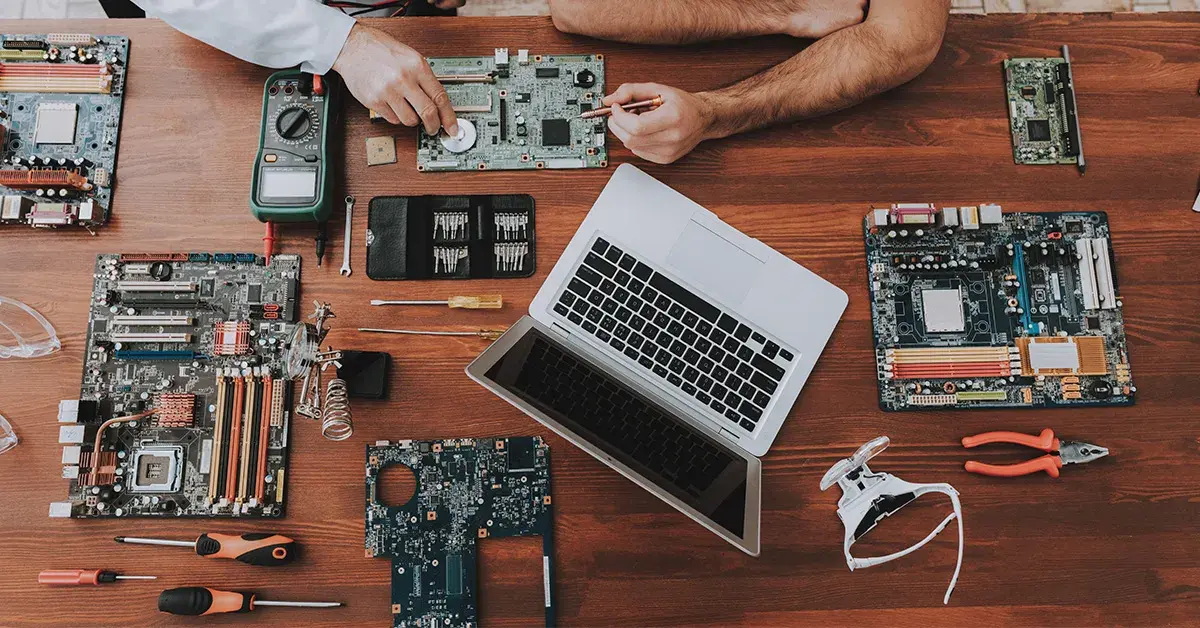In today’s fast-paced world, the ergonomic design of rugged systems has become crucial for industries ranging from military to healthcare. These systems are not only about durability but also about being user-friendly. Understanding this balance is essential for exporters and importers who wish to make informed decisions.

The Importance of Ergonomics in Rugged Systems
When we talk about rugged systems, we often think about their ability to withstand harsh environments. However, the human element is just as important. Ergonomics ensures that these systems can be used efficiently and comfortably by people.
Understanding Ergonomic Principles
Ergonomics involves designing products in a way that optimizes human well-being and overall system performance. For rugged systems, this means considering how users interact with the product in tough conditions.
Why Ergonomics Matter
Good ergonomic design reduces the risk of injury and increases productivity. For those in industries like construction or logistics, where rugged systems are common, this can translate to significant cost savings.
Key Features of Ergonomic Rugged Systems
There are several features that define an ergonomic rugged system. These include ease of use, comfort, and safety, all of which are crucial for users operating in demanding environments.
Ease of Use
Systems should be intuitive. Users should not have to struggle to understand how to operate them, even in challenging conditions.
Comfort
Comfort is key. Systems should be designed so that they can be used for extended periods without causing strain or fatigue.
Safety
Safety cannot be compromised. Systems should minimize the risk of accidents, even in the most demanding conditions.
Challenges in Designing Ergonomic Rugged Systems
Designing these systems comes with unique challenges. Balancing durability and ease of use is not always straightforward.
Durability vs. Usability
While rugged systems need to be durable, they must also be user-friendly. Striking this balance is key to successful design.
Cost Implications
Good ergonomic design can increase costs. However, the long-term benefits often outweigh these initial expenses.
Applications of Ergonomic Rugged Systems
These systems have a wide range of applications. They are used in industries such as defense, healthcare, and logistics.
Defense Sector
Rugged systems are crucial in the defense sector. They must be reliable and easy to use under extreme conditions.
Healthcare Industry
In healthcare, rugged systems must be both durable and easy to sanitize, ensuring patient safety and system longevity.
Logistics and Transportation
In logistics, these systems help manage operations efficiently, even in challenging environments.
Future Trends in Ergonomic Design
The future of ergonomic design in rugged systems is exciting. Advances in technology are paving the way for even more user-friendly designs.
Technological Advancements
New technologies such as AI and IoT are being incorporated to enhance usability and efficiency.
Customization
There is a growing demand for customized systems that meet specific user needs, enhancing both functionality and user satisfaction.
Conclusion
The ergonomic design of rugged systems is vital for their success. By prioritizing user comfort and safety, these systems can be both durable and user-friendly.
For more insights into rugged systems, you can visit this external resource or explore articles about rugged electronics in specific industries.

FAQs
What is an ergonomic rugged system?
An ergonomic rugged system is designed to be durable while ensuring comfort and safety for users, particularly in harsh environments.
Why is ergonomic design important in rugged systems?
Ergonomic design is important because it enhances usability and reduces the risk of injury, leading to increased productivity and safety.
What industries benefit from ergonomic rugged systems?
Industries such as defense, healthcare, and logistics benefit greatly from these systems due to their durability and user-friendly design.


